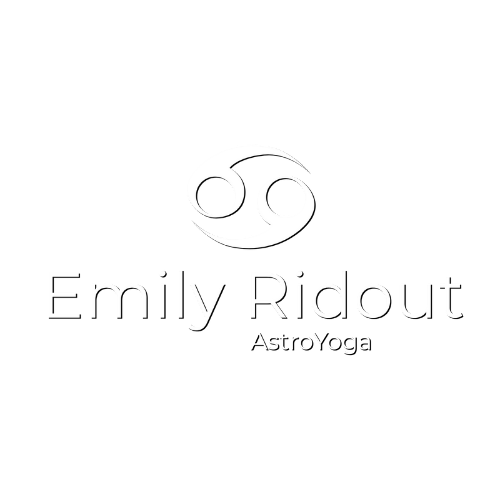Do you ever unintentionally pick up your phone and scroll through email or social media? Or, do you find yourself picking up your phone (or iPad or laptop) during even the briefest moment of stillness?
Yeah, me too.
By this time in our techie world, we know that our devices aren't great for our attention spans. Human beings are, on average, losing length in our attention spans as computers grow faster and faster. I even find myself, when planning a yoga class, tempted to speed up the tempo, to keep people (and myself) from growing bored.
Yet, we know from many of the great meditation teachers, neuroscientists, and yogis that paying attention is the best way to strengthen our bodies and minds. It’s also the best way to truly get in touch with our souls.
Concentration is key, dedication is key, focus is key. And truly, you are the key.
I wanted to write this post in defense of SLOWING down. If you read my posts, you probably enjoy yoga and astrology. Here’s some benefits of slowing down in each of these disciplines:











